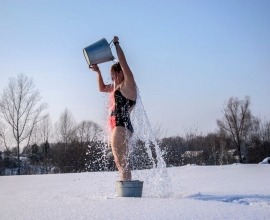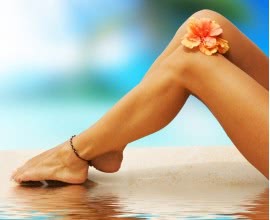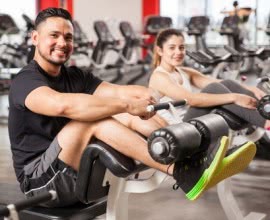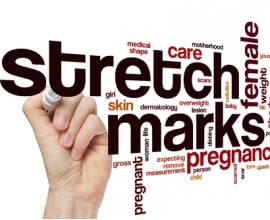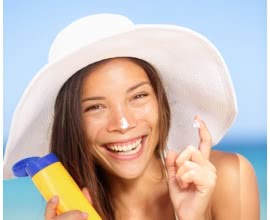Mind Over Matter: How to Utilize Temperature for Mental and Physical Health
- Purposefully Inducing Stress
- Benefits Related to Increasing the Body’s Epinephrine Levels
- Using Heat for Heart Health
- Utilizing Temperature Extremes to Enhance Athletic Performance
- Conclusion
Purposefully Inducing Stress
We can all recognize that feeling when panic sets in, causing our minds to race or hands to shake. Now, remember that widespread Ice Bucket Challenge? Well, it turns out that the philanthropic benefits of such a challenge aren’t the only. Curiously, evidence points to temperature adjustment and acclimatization as an effective stress-reducing habit. This may include visiting the sauna, taking cold showers, swimming in cold water or incorporating hot yoga into your daily life. Hot and cold temperatures can help you combat panic before it ever begins.
Plunging into his 60s, Wim Hof is living proof of the achievability of high athletic endurance when in the extreme cold. After swimming under ice caps, running a marathon in the desert and countless other feats in low temperatures, people have tried to understand Wim Hof and his technique a bit more.[1] Wildly, the Wim Hof technique involves, in addition to cold exposure, purposefully inducing hyperventilation.[2] Wow! It feels seemingly counterintuitive but a published study by the National Academy of Sciences actually confirms that this method of acclimatization increases epinephrine and decreases inflammation, and therein lies the truth about cold therapy as a stress management regime.[3]
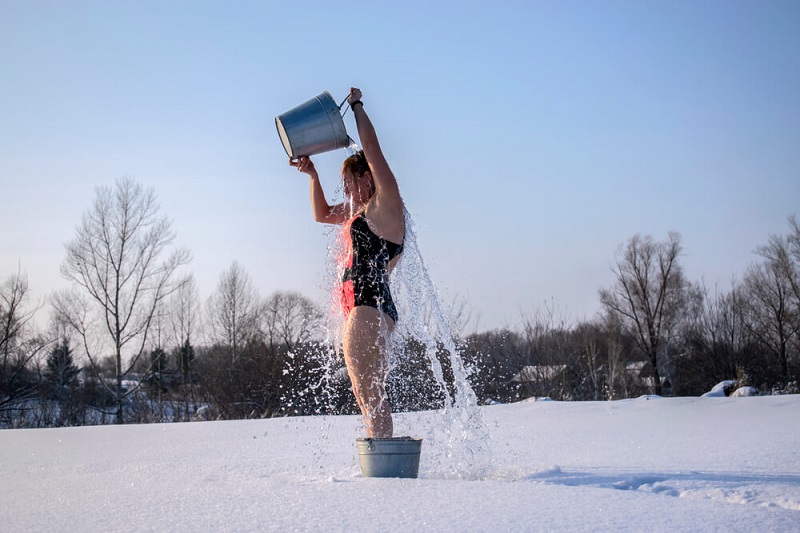
Benefits Related to Increasing the Body’s Epinephrine Levels
Who would have thought that combating stress with stress itself could be so therapeutic? Low levels of epinephrine in the body can contribute to a variety of physical and mental conditions, which include anxiety, depression, fibromyalgia, hypoglycemia, migraines, restless leg syndrome and poor sleep.[4] So, the point is that, by slowly building up your ability to resist what makes you physically uncomfortable, you will inevitably help yourself cope more easily with everyday stressors. Not to forget to mention here, of course, that the benefits and safety of acclimatization occur gradually over time. Don’t rush now to sleep with the idea of waking up tomorrow to scale Mt. Everest in shorts after reading this today!
Using Heat for Heart Health
Looking now at the opposite spectrum of the thermometer, using heat exposure for therapy and relaxation goes back centuries. Saunas and sweat houses have been important for thousands of years, spanning from the culture of ancient Mayans to modern day Finns.[5] While seemingly sedentary, sitting in the sauna puts your heart to work. Your heart rate could jump up to 150 beats a minute at the same time blood vessels in the skin dilate.[6] Visiting the sauna therefore produces a similar effect as low to moderate physical exercise, due to the temporarily elevated blood flow into the skin and post-sauna arterial relaxation.[7] Stiff arteries and weak blood vessels are well linked to cardiovascular deterioration and disease, after all.
Utilizing Temperature Extremes to Enhance Athletic Performance
For those prepared to take it up a notch, adapt an exercise to your preferred temperature extreme. Data show that athletes who train using controlled hyperthermia regimes, for example, later perform more efficiently in outdoor competitions.[8]
The benefits of inducing heat acclimatization for athletes include:
-
improved sweating
-
improved skin blood flow
-
reduced cardiovascular strain
-
improved fluid balance
-
altered metabolism
-
enhanced cellular protection[9]
Conclusion
While some of you may prefer the accessibility of hot yoga at your local yoga center to a marathon in the snow, we shouldn’t shy away from temperature extremes altogether. Embracing them and adopting them into our every day routine could prove useful in releasing stress, maintaining health and building confidence. It could be as simple as dressing down and taking the dog out for walks at increasing intervals. Simply find what works for you and stick to it.
Sources:
[1] “Cold Comfort.” The Gooplab with Gwenyth Paltro, Netflix, 24 Jan. 2020.
[2] “What Is the Wim Hof Method?” Practice The Method, www.wimhofmethod.com/practice-the-method.
[3] Kox, M., et al. “Voluntary Activation of the Sympathetic Nervous System and Attenuation of the Innate Immune Response in Humans.” Proceedings of the National Academy of Sciences, vol. 111, no. 20, 2014, pp. 7379–7384., doi:10.1073/pnas.1322174111.
[4] Nall, Rachel. “Epinephrine vs Norepinephrine: Function, Uses, Deficiency, and Excess.” Edited by Dena Westphalen, Healthline, Healthline Media, 29 Sept. 2018, www.healthline.com/health/epinephrine-vs-norepinephrine#deficiency.
[5] De Pietro, MaryAnn. “Sauna: Health Benefits, Risks, and Precautions.” Medical News Today, MediLexicon International, 26 Sept. 2016, www.medicalnewstoday.com/articles/313109#possible-health-benefits.
[6] Ibid.
[7] Thorpe, JR. “7 Ways You Never Knew A Sauna Could Benefit Your Health.” Bustle, Bustle Digital Media, 3 Aug. 2018, www.bustle.com/p/7-health-benefits-of-saunas-you-probably-didnt-know-abo....
[8] Périard, J. D., et al. “Adaptations and Mechanisms of Human Heat Acclimation: Applications for Competitive Athletes and Sports.” Scandinavian Journal of Medicine & Science in Sports, vol. 25, 2015, pp. 20–38., doi:10.1111/sms.12408.
[9] Ibid.

